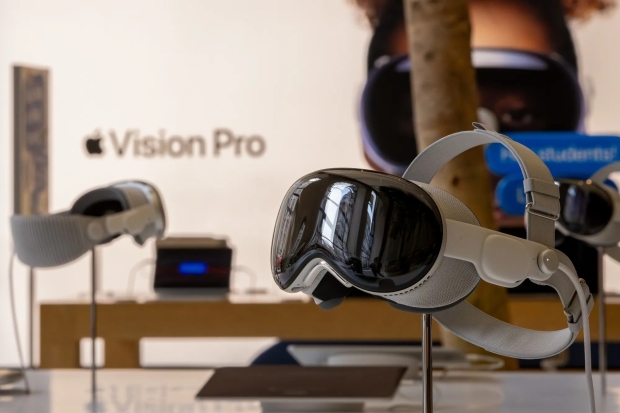Apple is being very cautious with its next move in the headset market, after its insanely expensive flop in the Vision Pro.

VIEW GALLERY – 2 IMAGES
In his new PowerOn newsletter, Bloomberg’s Mark Gurman explains that Apple is still hard at work on a new pair of AR glasses, with Apple’s Vision Products Group boss, John Ternus, not wanting another (expensive) flop on his hands in a post-Vision Pro world.
Gurman explained: “As I reported last month, Apple recently scrapped plans for augmented reality glasses that would tether to a Mac. This device wasn’t the dream AR glasses that everyone is waiting for, but it might have served as a nice stopgap product“.
“After all, one of the Vision Pro headset’s greatest strengths is its ability to serve as a virtual Mac monitor. In any case, it seems like the new boss of Apple’s Vision Products Group, John Ternus, doesn’t want another flop on his hands. So he is going to take his time and be cautious. I’m told that Apple’s long-term goal of standalone AR glasses remains intact, and the company will keep working on underlying technology – like screens and silicon – to help make such a device more feasible“.
In his previous reporting, Gurman said: “The decision to wind down work on the N107 product followed an attempt to revamp the design. The company had initially wanted the glasses to pair with an iPhone, but it ran into problems over how much processing power the handset could provide. It also affected the iPhone’s battery life. So the company shifted to an approach that required linking up with a Mac computer, which has faster processors and bigger batteries“.
“But the Mac-connected product performed poorly during reviews with executives, and the desired features continued to change. Members of Apple’s Vision Products Group, which worked on the device, grew increasingly concerned that the project was on the rocks. Sure enough, the final word came this week that the effort was over“.